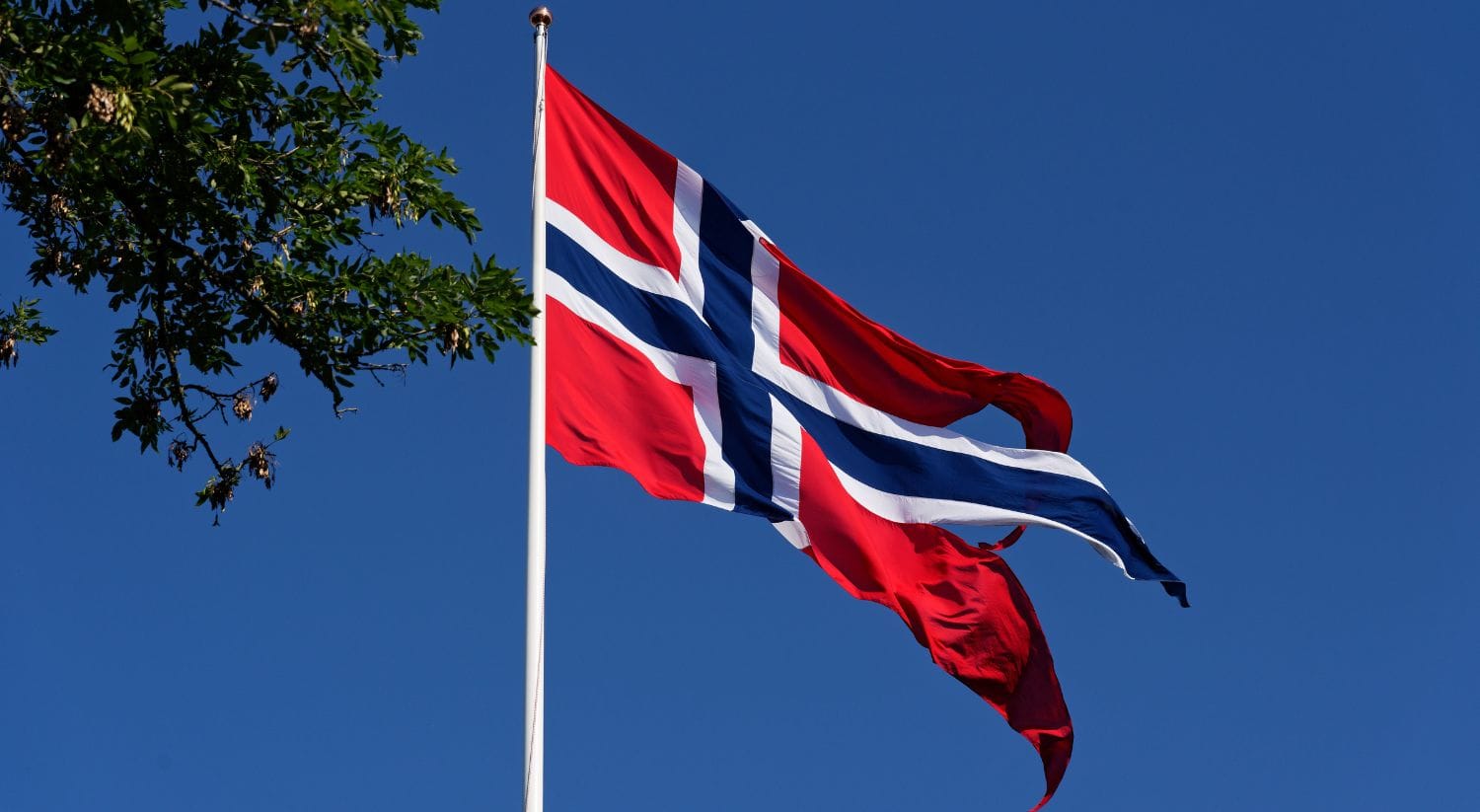
Let’s delve into one of the most fascinating languages in the world — Norwegian. This language, originating from the North Germanic family, is today Norway’s official language. But Norwegian is also one of the oldest languages in Europe. Used by the Vikings and the ancestors of modern Scandinavians, Norwegian has evolved over many centuries. This makes it a language well worth exploring in depth.
Today, we’ll take a look at some unusual and surprising aspects of Norwegian. We’ll analyze its history, its roots, and its evolution over time. We’ll also see its current influence today, as well as some of its most remarkable linguistic curiosities.
To wrap up, we’ll show you how an AI-powered translation tool can be a very helpful way to translate conversations. We’ll also demonstrate how a text translator can aid you in translating documents, books, and much more.
Before we get started…
How is Norwegian classified among modern European languages?
You’re probably wondering: What’s the point of understanding Norwegian’s linguistic classification? As you’ll see later, developing your language skills is much more than just learning new vocabulary. It’s not simply a matter of memorizing words or grammatical structures. True learning means immersing yourself in a culture, a society, and a way of understanding the world.
For this reason, it’s very easy to get lost in rigid, sequential formulas of syntax. We can become so focused on memorizing vocabulary that we lose sight of the most important purpose of a language — to unite, connect, and serve as the greatest expression of a community’s identity.
With that in mind, let’s take a look at some key facts about Norwegian that aren’t usually taught in traditional classrooms.
The linguistic classification of Norwegian
Norwegian belongs to the Germanic language family, which in turn is a branch of the vast Indo-European family. Specifically, Norwegian falls under North Germanic, alongside Danish, Swedish, Faroese, and Icelandic.
This group of languages is often called Scandinavian or Nordic, as they are predominantly used in the Nordic countries of Northern Europe. According to linguists, Norwegian belongs to the continental Scandinavian branch, together with Danish and Swedish. This means Norwegian shares a significant number of lexical and grammatical similarities with its neighboring languages.
This shared origin makes it easier for Norwegian speakers to understand Danish or Swedish. According to linguistic experts, Norwegian occupies a central position in the Scandinavian triangle, acting as a linguistic bridge that helps foster a greater understanding of the other two.
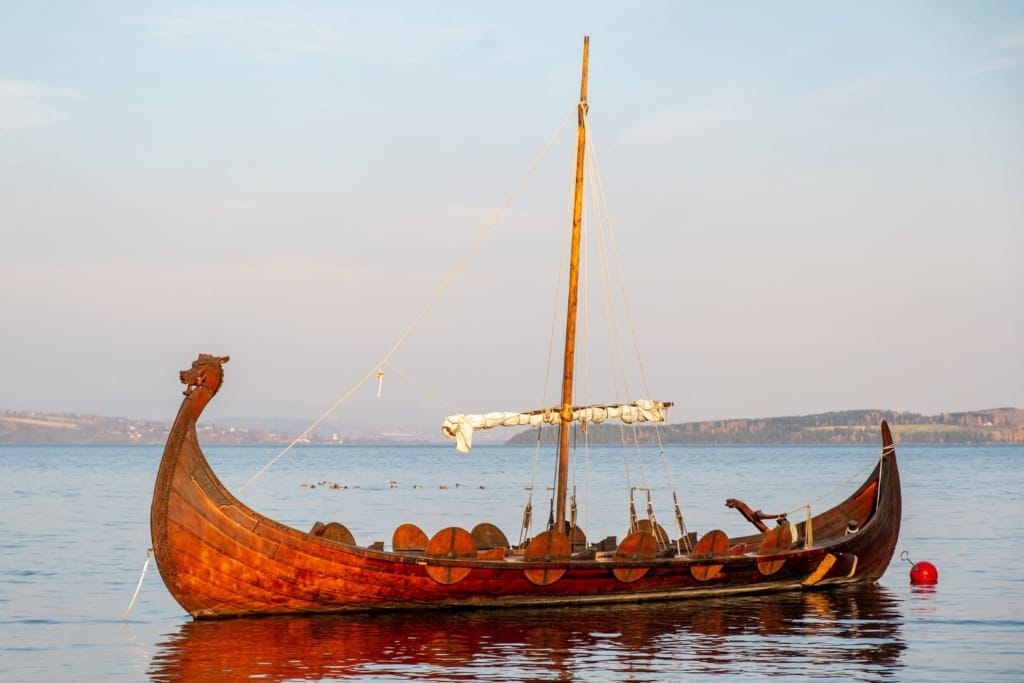
Semantic roots of Norwegian: The legacy of Old Norse
If we delve into its semantic roots, Norwegian is deeply influenced by Old Norse — the language of the Vikings — which was predominantly used in Scandinavia around 800 AD. This form is often called Proto-Norse or Primitive Scandinavian.
Old Norse resulted from a series of linguistic transformations that had been underway for many centuries. From Common Germanic, the North Germanic languages gradually diverged, eventually giving rise to Norwegian, Danish, Swedish, Faroese, and Icelandic — at least the ones we know today.
This semantic heritage means Norwegian maintains a vast number of words with Germanic roots, both in its core vocabulary and in terminology related to its environment, climate, landscape, the sea, and community routines. Thus, Norwegian reflects a close connection with its geographical setting and the human experience that arose there.
The lexical diversity of Norwegian: A mixture of influences
In addition to its Germanic roots, Norwegian has absorbed a rich vocabulary from various linguistic and geographical influences. Some noteworthy examples include:
Low German loanwords
During the Hanseatic League and the era of North German merchants, many words from Low German entered Norwegian. This influence is especially visible in vocabulary related to commerce, law, and politics — a legacy of that historical period.
Danish influence
As a result of Norway’s long institutional union under the Kingdom of Denmark, Norwegian was profoundly influenced by Danish — both in vocabulary and syntax. This is why Bokmål, Norway’s most commonly used standard form, retains many Danish traits. Nynorsk, meanwhile — which is less influenced by Danish — strives to bring the language back toward its more traditional roots.
Words from other Scandinavian regions
Lastly, Norwegian also borrowed words from Swedish, Faroese, and Icelandic, further enriching its vocabulary and adding depth and variation.
This rich blend of linguistic influences makes Norwegian a remarkably flexible and versatile language — a living example of how historical and geographical exchanges contribute to the expansion and expression of meaning.
Some surprising linguistic facts about Norwegian
The diversity of its dialects, its evolution from medieval Norse, and its linguistic quirks show that Norwegian is much more than just a way to communicate. It’s the expression of a collective identity forged over many centuries — a reflection of a rich and complex history.
If you’re thinking about learning Norwegian, you’ll surely discover some fascinating and surprising facts. Here are a few of the most interesting:
Two ways to write Norwegian
As we’ve seen, Norwegian has two main standards:
- Bokmål: The more frequently used form of Norwegian, which literally means “the book language.” It’s the standard used in academia, formal texts, business, and institutions.
- Nynorsk, or “new Norwegian”: This variant maintains many features from the older dialects.
You can learn the one that best fits your needs — although Bokmål is typically the most used in formal texts and business settings. In a voice or text translation tool powered by AI, you can select either option automatically and without any forced transitions.
Large dialectal diversity
There are so many Norwegian dialects that even native Norwegian speakers sometimes struggle to understand each other. According to linguists, there are more than 500 dialects — with no fixed or “standard” pronunciation. This makes Norwegian a vibrant, constantly evolving language that maintains extraordinary diversity. An AI text translator lets you work with any of these dialects without difficulty.
Compound words
One of Norwegian’s most striking features is its ability to combine words into a single expression. This means you’ll find remarkably long words formed by two, three, or even more components, adding a rich, creative dimension to its vocabulary.
For instance, sykehus means hospital — literally “house of sickness”— and brannbil means fire truck — “fire car”—. This phenomenon contributes to Norwegian’s immense lexical richness and is a major attraction for both linguists and new language learners.
Relationships with other Scandinavian languages
Norwegian, together with Danish and Swedish, forms the Scandinavian linguistic group. This means that if you learn Norwegian, you’ll also be able to understand, at least in part, Danish and Swedish.
According to linguists, Norwegian and Danish are more closely related in their written form, while Norwegian and Swedish show greater similarity in their pronunciation. Without a doubt, this is a huge advantage if you want to expand your linguistic skills in Northern Europe.
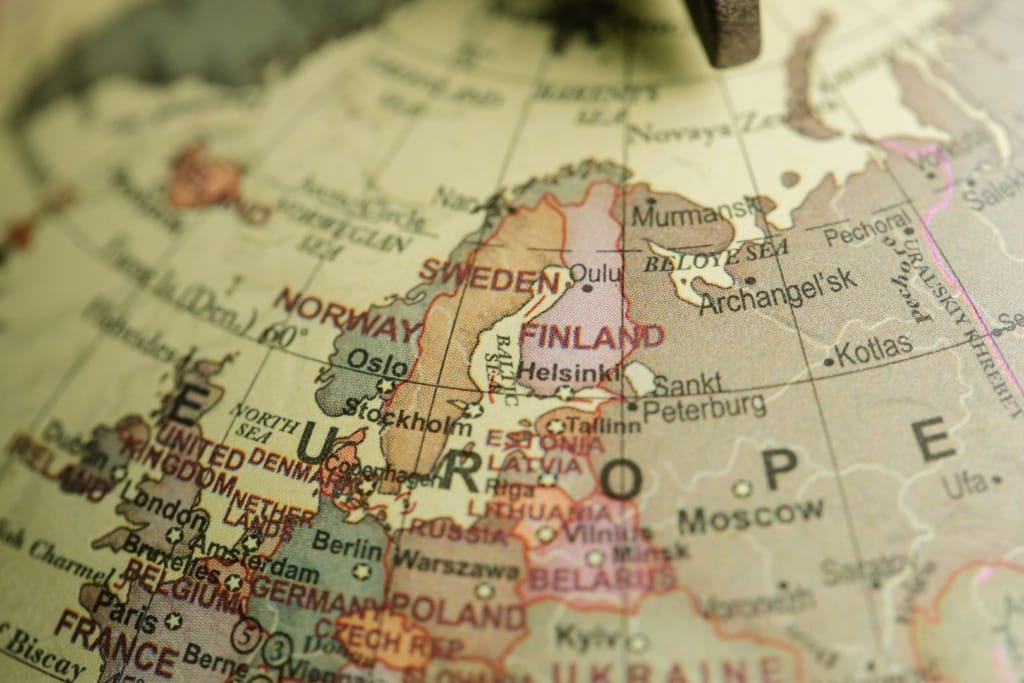
The importance of learning Norwegian in the 21st Century
In an increasingly globalized world, Norwegian has become a very important language — especially for unlocking new employment and social opportunities in Northern Europe. Foreign investment in Norway is growing, and companies across new sectors view Norwegian as a highly desirable skill. This is especially true in energy, robotics, construction, logistics, and biotechnology. In both local and international companies, Norwegian is a key asset.
Additionally, Norwegian brings great personal satisfaction: learning a new language opens up new mental spaces, relationships, stories, and even new dreams. According to many linguists, learning a new language stimulates the brain, enhancing memory, concentration, and problem-solving abilities.
This process also lets you discover new spaces of cultural diversity. Norwegian is connected to Scandinavian folklore, art, music, and design — not to mention its way of life, wild nature, majestic fjords, the Northern Lights, and its Nordic social model — all of which make learning Norwegian a truly rewarding experience.
How to learn Norwegian in a fun and easy way
Learning a new language is almost always a challenge for patience and persistence. It’s a significant hurdle, requiring sustained effort. Depending on your native language, the process may be more or less difficult — but with the right strategies, you can make great progress. Here are some key tips:
- Enroll in a course taught by native Norwegian speakers.
- Absorb as much vocabulary as possible. Use a text translator powered by AI and Norwegian dictionaries to grow your vocabulary in both depth and range.
- Practice your pronunciation. Real-time voice translators and apps like Talkao Translate can be key tools in this process.
- Watch videos, movies, and tutorials. With Talkao’s video translator, you can translate multimedia content quickly and accurately.
Additionally, shift your perspective and avoid thinking of learning Norwegian as something impossible. With practice and the help of Talkao’s tools, you’ll be able to master it in no time. Before you get started, take a look at some of the most common Norwegian phrases.
Everyday phrases in Norwegian
| Greetings in Norwegian | |
|---|---|
| Saludation | Norwegian |
| Good morning (formal) | God dag |
| Good morning (very early) (formal) | God morgen |
| Hello (casual) | Hei |
| Hi (non formal) | Hallo |
| Farewell in Norwgeian | |
|---|---|
| Farewell | Norwegian |
| Have a good day (formal) | Ha det bra |
| See you soon (formal) | På gjensyn |
| See you ( casual) | Vi ses |
| Good bye (formal) | Farvel |
Days and numbers
| Numbers in Norwegian | |
|---|---|
| Number | Pronunciation |
| En (one) | /ɛn/ |
| To (two) | /tuː/ |
| Tre (Three) | /treː/ |
| Fire (Four) | /ˈfiːrɛ/ |
| Fem (Five) | /fɛm/ |
| Seks (Six) | /sɛks/ |
| Sju (Seven) | /ʃʉː/ |
| Åtte (Eight) | /ˈɔttə/ |
| Ni (Nine) | /niː/ |
| Ti (Ten) | /tiː/ |
| Days of the week | |
|---|---|
| Day | Pronunciation |
| Mandag (Monday) | /ˈmɑndɑɡ/ |
| Tirsdag (Tuesday) | /ˈtiːʂdɑɡ/ |
| Onsdag (Wednesday) | /ˈʊnsdɑɡ/ |
| Torsdag (Thursday) | /ˈtuːʂdɑɡ/ |
| Fredag (Friday) | /ˈfreːdɑɡ/ |
| Lørdag (Saturday) | /ˈløːrdɑɡ/ |
| Søndag (Sunday) | /ˈsøndɑɡ/ |
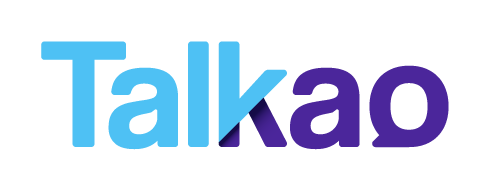

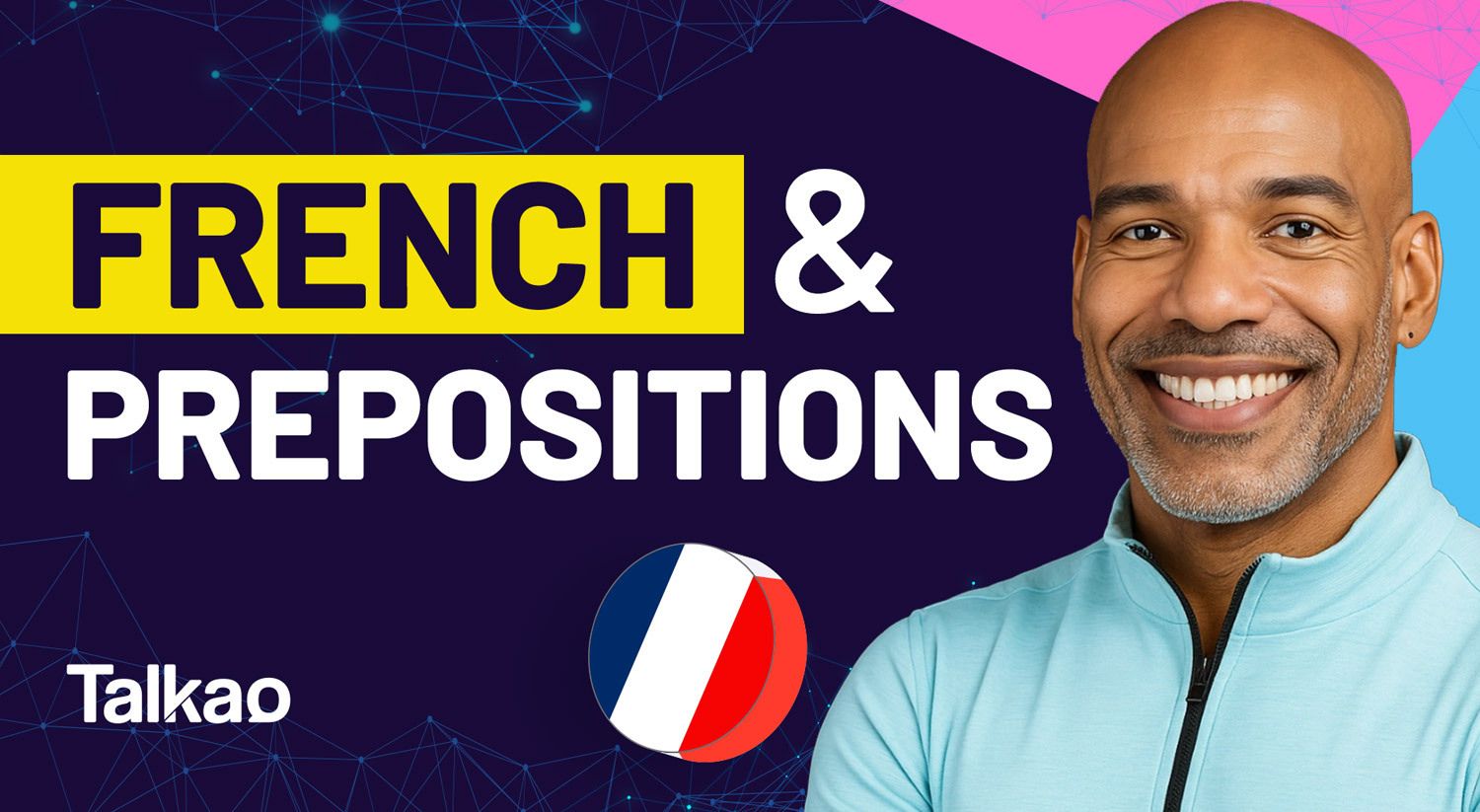

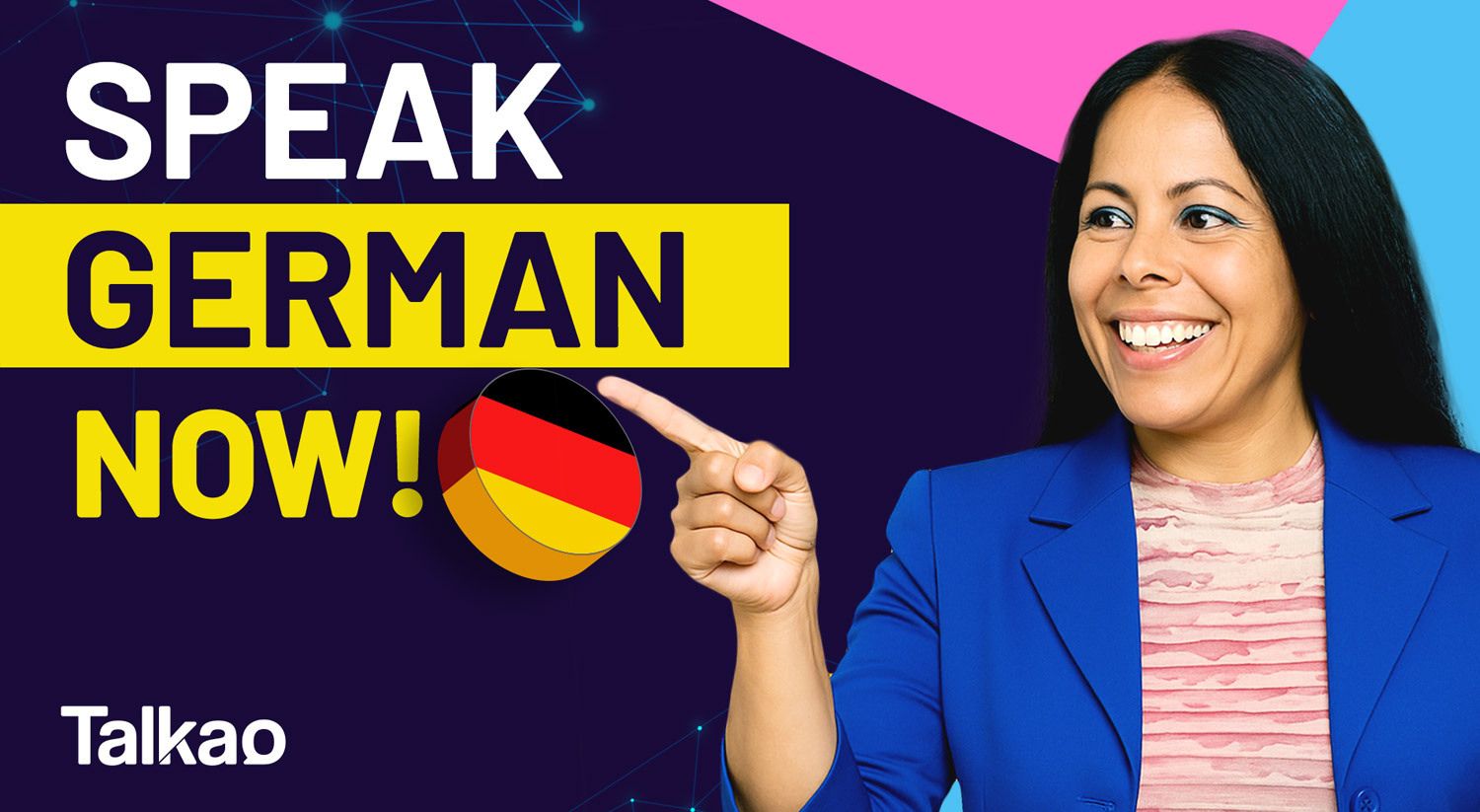
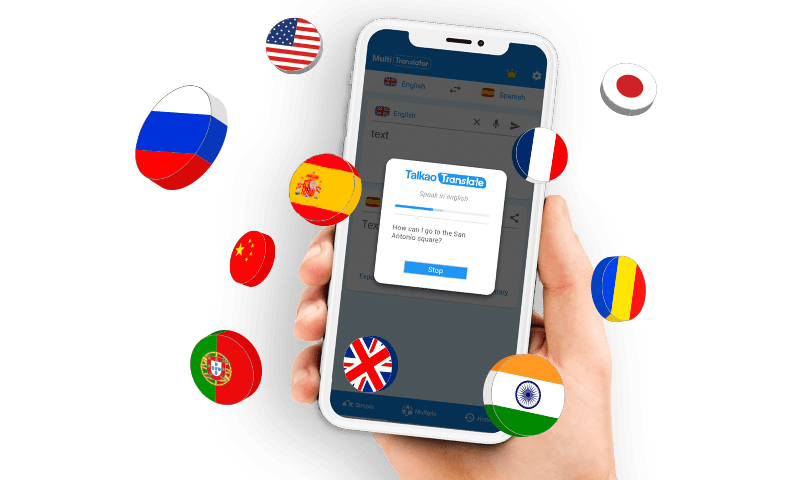

Newsletter